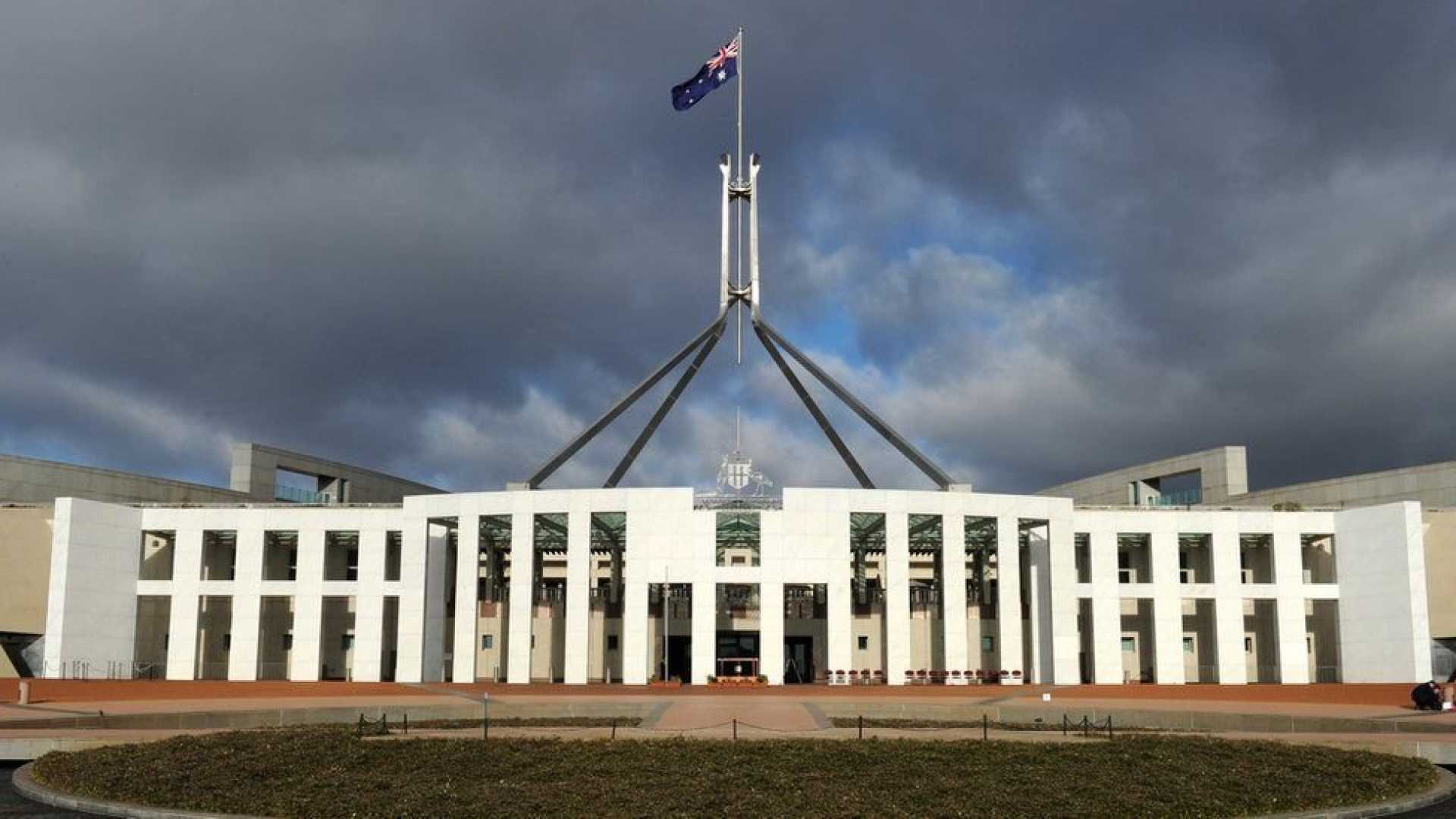Politics
Understanding Australia’s Double Dissolution Elections

The concept of a double dissolution election in Australia has recently gained renewed interest among political figures and the public. This follows the indication by the Albanese government of its potential use. This parliamentary procedure involves dissolving both houses of Parliament, which would lead to a re-election of the entire legislative body. Such a move is rare, having occurred only seven times in Australia’s history, most famously under Prime Minister Gough Whitlam in 1974 and more recently under Malcolm Turnbull in 2016.
A double dissolution can be triggered when the House of Representatives passes a bill, which then fails to pass in the Senate on two separate occasions, with at least three months between attempts. This legislative deadlock enables the Prime Minister to suggest the dissolution of both houses to the Governor General. This suggestion is contingent on the condition that this process occurs at least six months before the House of Representatives’ term is complete.
During a double dissolution election, all seats in both the House of Representatives and the Senate are contested, unlike a regular federal election where only half of the Senate seats and all of the House of Representatives are up for election. This mechanism can significantly alter the composition of both legislative houses.
The necessity of this measure often arises due to the dynamics within the Senate, where the government does not always hold a majority. Currently, while the Labor Party controls the House of Representatives, the balance of power in the Senate includes influence from the Green Party and other crossbench members. This situation requires Labor to engage in negotiations with either the Coalition or various crossbench members to secure the passage of legislation.
The historical instances of double dissolution elections include the years 1914, 1951, 1974, 1975, 1983, 1987, and 2016. Each episode reflected the unique challenges of governance and legislative function during those periods, highlighting the complexity and sometimes volatile nature of parliamentary procedures in Australia.












